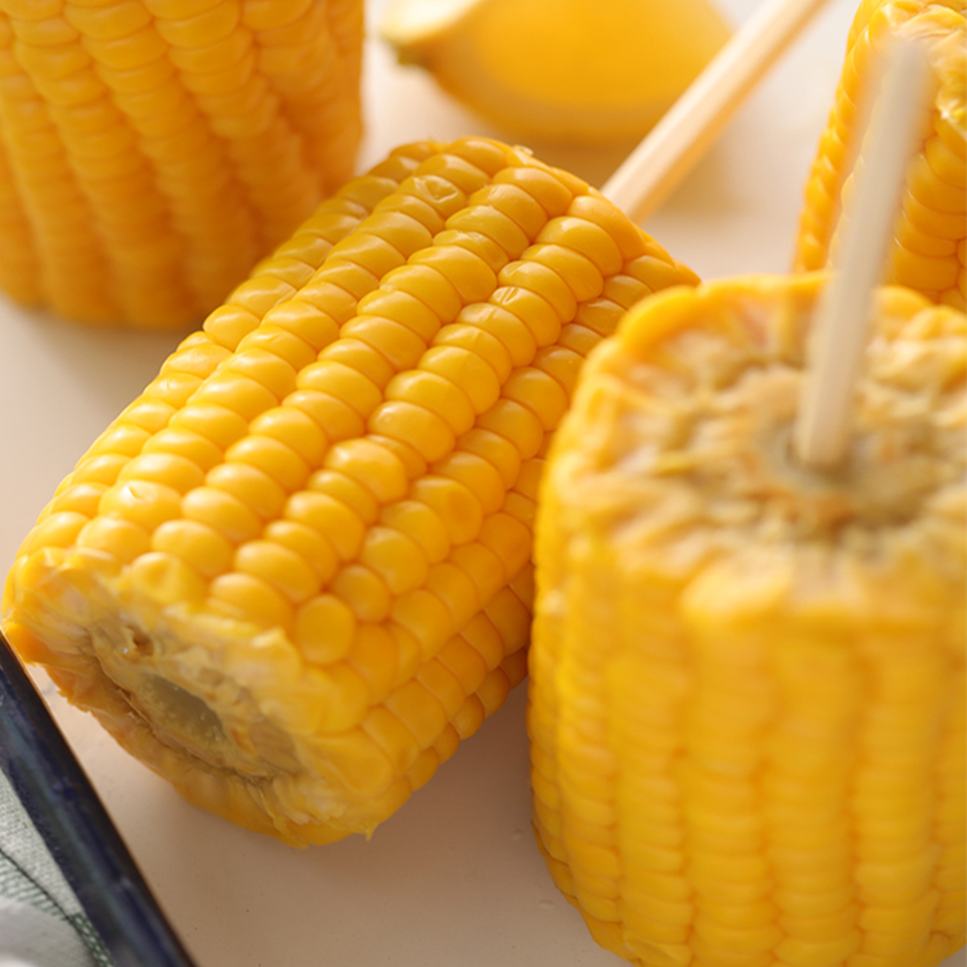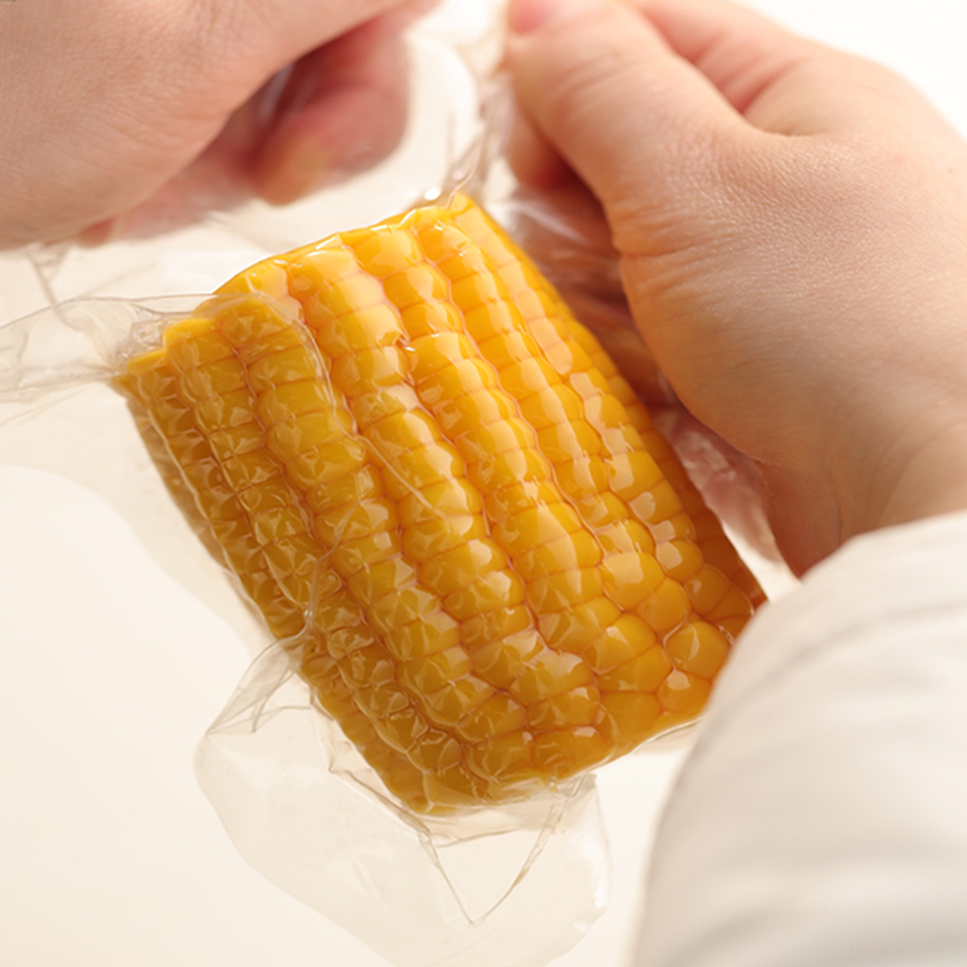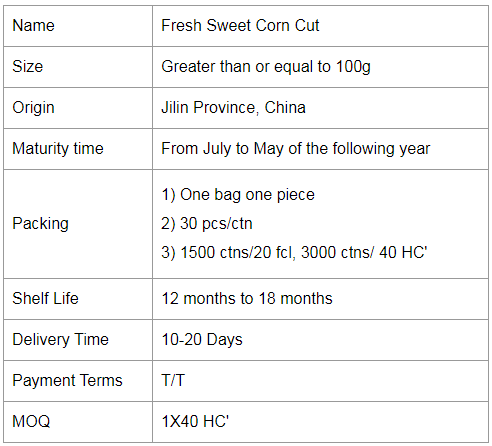Trichophyton can cause heavy fish deaths in winter
Trichophyton is a widely salty algae that secretes cytotoxins into the water when it is mass-produced, which in turn kills fish and aquatic life.
Trichophyton is a large-scale toxic algae in aquifers in the saline-alkali region. It includes a variety of fish such as cockroaches, clams, cockroaches, grass carp, barracuda, cockroaches, cockroaches, cockroaches, cockroaches, and aquatic animals that use cockroaches to breathe, from summer flowers to broodstock. Can be victimized. All these occur during the four seasons in spring, autumn and winter. Because the water temperature is lower at this time, the low-temperature resistant algae is the dominant species, causing harm.
Characteristics of Fish Diseases During the early period of poisoning, the fish was restless, the respiratory rate was increased, the swimming speed was rapid, and the direction was uncertain. Subsequently, the reaction became dull and began to concentrate in the shallow corners of the lee of the fish ponds. A few fishes were stationary and arranged randomly, and they were disturbed. Into the deep water, soon returned; the fish secreted a lot of mucus, pectoral fin base congestion, and gradually the base of the fins are all congested, the color of the back of the fish becomes lighter, the response is more dull and calm, the respiratory rate is gradually reduced; with the time of poisoning Prolonged, since the pectoral fin after the fish numbness, stiffness, caudal fin, dorsal fin, pelvic fin can not swing, only the pectoral fin can swing, but can not move forward, no response to touch, lid, around the eyelids, jaw, body surface congestion, erythema size Different, some even into a film, the fish covered with the pool of the four corners and shallow water, generally head to the shore, neatly arranged, in the water under the motionless, but not floating head, was disturbed and no response, when the fish breathe Extremely weak, struggling to breathe intermittently before dying, and soon they lose their balance and die, but some fish remain natural after death.
Prevention and control methods When the total ammonia content in water exceeds 0.25 mg/l, Trichophyton can not become a dominant species, so ammonium salt fertilizers such as urea, nitrogen water, nitrogen-phosphorus compound fertilizer and organic fertilizer are regularly applied (in small amounts) to the pool. The total ammonia can be stabilized at 0.25-1 mg/L to achieve preventive effect.
In the early days of saline-alkaline ponds with a pH of 8 and a water temperature of about 20°C, the whole pond is sprinkled with about 20% ammonia-containing ammonium salts (ammonium sulfate, ammonium chloride, and ammonium bicarbonate) or urea, so that the ammonium ions in the water are ionized. At 0.06 mg to 0.1 mg/L, the triatoma can swell and disintegrate until all die. Ammonium drugs kill faster than urea, so the effect is better. However, this method can not be used for the fry pool of oysters and lobster fish.
In the early stage of diseased fish ponds, 0.3% clay mud water is adsorbed on the whole pond to adsorb toxins. In 12 to 24 hours, the poisoned fishes can return to normal and do not contaminate the water, but Tricholimus albus is not killed. Http://Content/470813f0-9869-46cd-a834-46a922fcef37?cType=2
Corn are the expression of some anthocyanins produced by the photosynthesis of grains. Different anthocyanins cause different colors.
There are some benefits of corn: 1. Corn can lower sugar;2. The high content of unsaturated fatty acids in maize is beneficial in preventing atherosclerosis, coronary heart disease, myocardial infarction and other diseases; 3. Corn whiskers have diuretic and hypotensive effects, lowering sugar.



If you have any questions, please leave a comment on this website or contact us using email.
Creamed Corn Cut,Sweet Corn Cut,Cream Sweet Corn Cut,Fruit Corn Cut
Jilin Province Argricultural Sister-in-law Food Co., Ltd. , https://www.nscorn.com